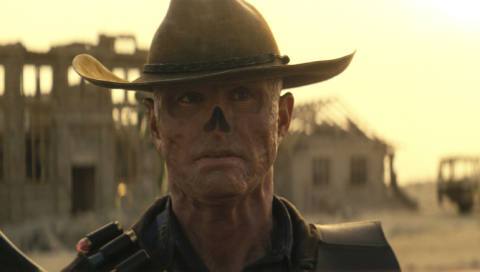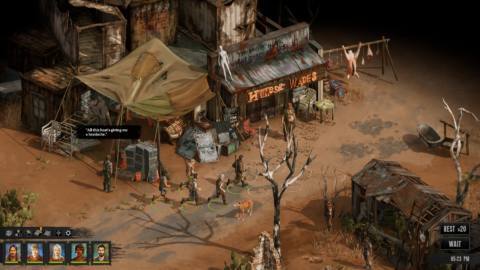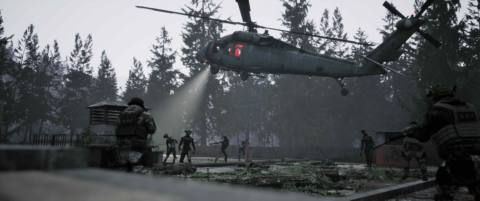Sony's PS4 classic, Ghost of Tsushima, has finally made its way to the humble PC. In terms of hardware support, porting wizards Nixxes has tried its best to incorporate all the latest GPU features, such as upscaling, frame generation, and ultra-wide monitor support. But there's one thing that Sony hasn't checked properly: does the game run properly on Intel Ark GPUs?
Spoiler: nope.
A lack of early code means I've been working on testing the performance of Ghost of Tsushima across a range of CPUs and GPUs once the game released this week. So far things have been going very smoothly. The game has a wealth of options to help it run well on a broad range of PC gaming hardware.
For the most part, both AMD and Nvidia graphics cards have worked well in the game, although it must be said one particular model has been prone to crashing—you'll have to wait for the final report to find out which one, though! Exciting teaser, eh?
However, my testing of Intel's Arc cards has delivered results and scenes which are… well… odd, to say the least. No freezes, total PC crashes or anything like that, and even the performance has been sort of okay. Not really, it's actually been rubbish (it's really not good), but the most entertaining bit has been how the Alchemist GPU has coped with the game's rendering duties.
Harking back to the golden age of graphics cards, the Arc A770 I've been testing on Intel's latest drivers has taken the ghost part in the game's name quite literally. Okay, missing upper arms aren't exactly Exorcist levels of fright but it's nothing compared to the cloak and arm clothing—these follow you around, suspended mid-air, like some kind of poltergeist.
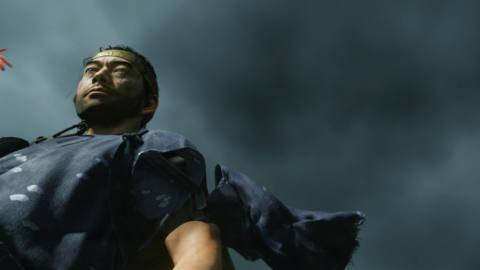

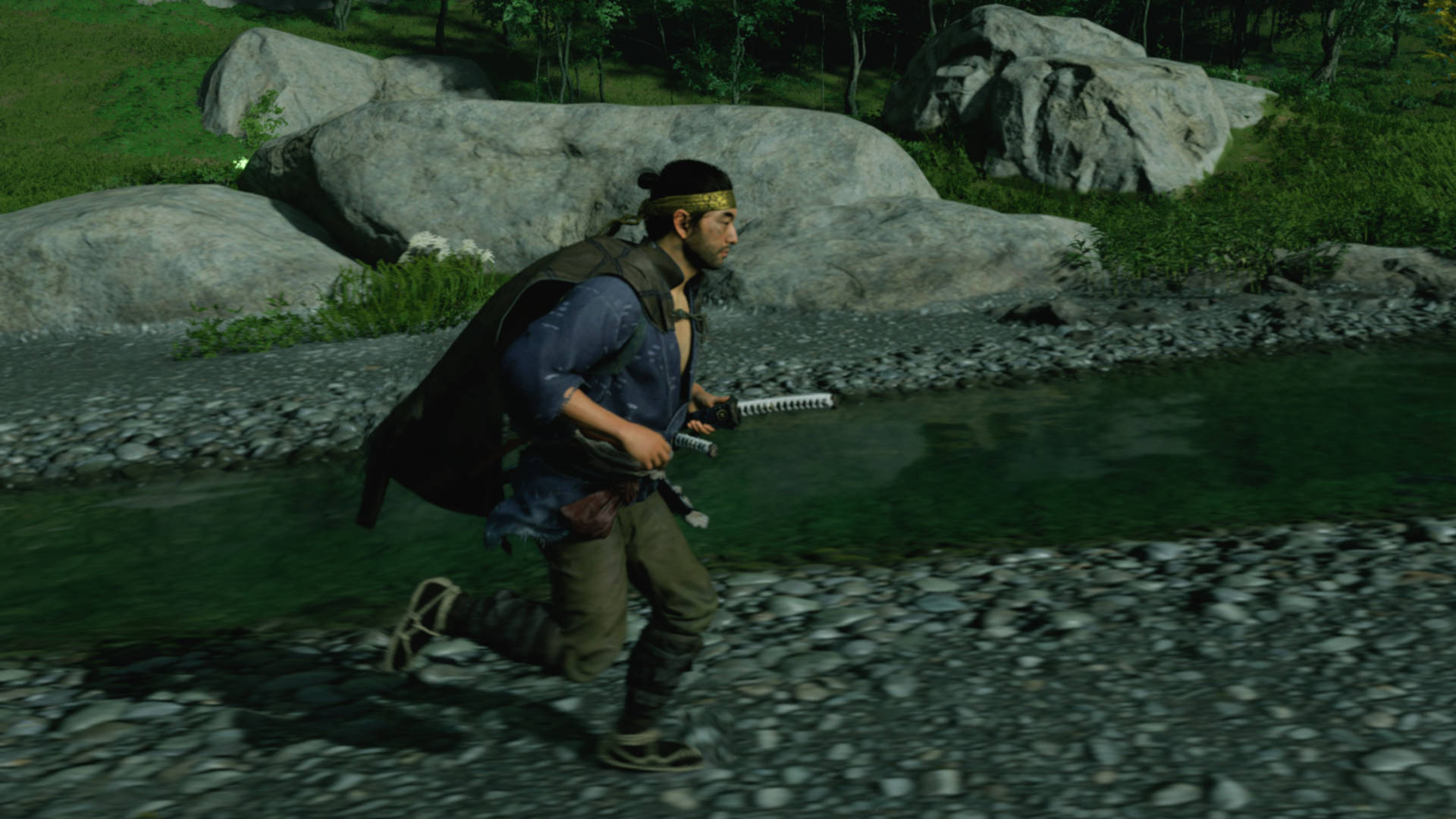
Nixxes other recent PC port, Horizon Forbidden West, didn't have any such issues with the Arc A770. While I do not doubt that Intel will eventually release a set of drivers that fix these bugs (or Nixxes will, via a game patch), the one thing that this all shows is that Arc cards weren't tested properly for the port of Ghost of Tsushima. And that's despite the game fully supporting Intel's XeSS upscaler.
Now you might think I'm being unduly harsh on Sony/Nixxes or Intel here, but I haven't seen this kind of bug in a PC game, backed by a huge publisher and from experienced developers, for a very long time. At least not since another Sony port from last year, anyway. Joel's eyebrows, anyone? Aside from those caterpillars, these days, it's normally performance issues or outright game-ending crashes.
Displaced meshes and non-rendered parts are hallmarks of an alpha or beta game release and certainly shouldn't be there in a full version, even accounting for wonky drivers. I've tried multiple graphics options to fix the rendering bugs, but none of them worked. Even rolling back to an older driver didn't help.
At least I can play Ghost of Alchemist Tsushima, on an A770—upper arms and spooky cloak action notwithstanding. Now if I can get a certain popular and powerful chiplet-y graphics card to run the game longer than three seconds before crashing to the desktop, I'll be a happy chap.

